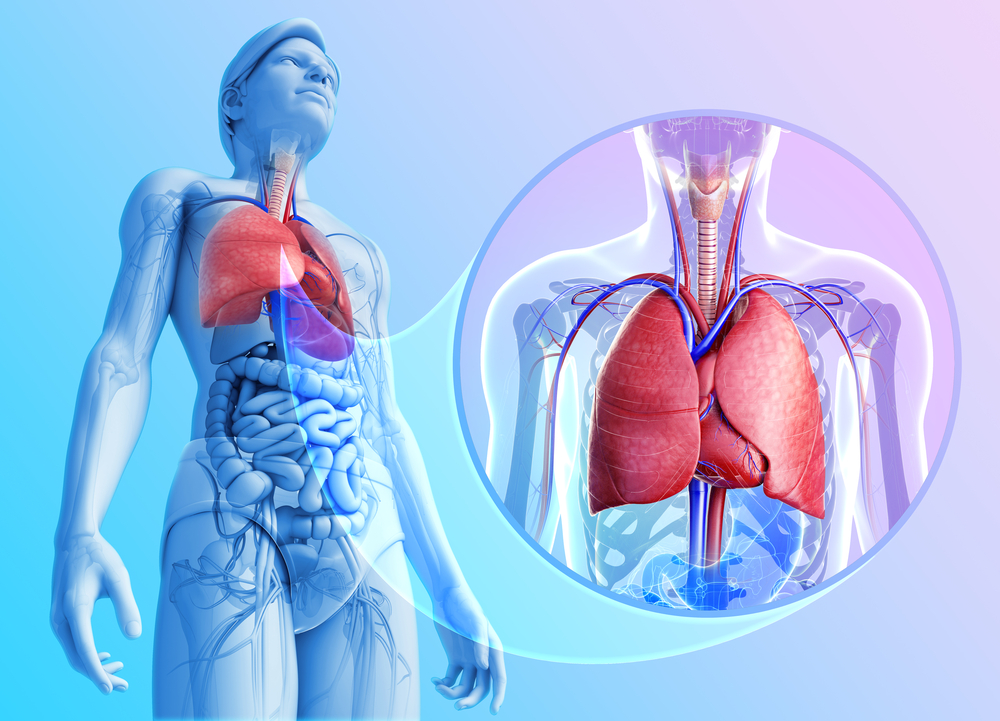On Nov. 12, 2015, experts from Charles River will host a live broadcast presentation through Xtalks entitled “Disease Relevant In Vitro and In Vivo Models for Lung Fibrosis” in which they will provide a series of in vitro and in vivo data related to pharmacological characterization of models, such as histopathological, biomarker profile, and imaging-based readouts as well as efficacy of anti-fibrotic therapies to treat lung fibrosis.
Lung fibrosis is characterized by an accumulation of extracellular matrix deposits and thickening of lung walls that induce difficulties in breathing. It is believed that changes in tissue architecture and function occur progressively, replacing normal lung tissue with fibrotic tissue and resulting in inflammation. However, the exact mechanisms involved in these changes are not well understood and require state-of-the art in vitro and in vivo models to figure out the causes and make possible the development of novel therapies. Charles River has a number of cell-based and animal models of lung fibrosis being used in research that could lead to progress in understanding of the disease’s mechanisms and to targeted therapies for lung fibrosis.
Experimentally, human bronchial epithelial cells and fibroblasts of patients with pulmonary fibrosis were cultured in vitro along with controls. Differentiation was induced by means of secreted protein that controls cell proliferation. High content imaging techniques used to monitor and follow transitions occurred in two types of cells epithelial — mesenchymal (EMT) and fibroblast-myofibroblast (FMT). The effect of inhibitors and anti-fibrotic drugs like SB525334, pirfenidone, nintedanib, imatinib, MB06322, thalidomide, N-acetyl cysteine, tofacitinib and GSK2126458 were examined. Afterward, lung fibrosis was induced in rats and mice in vivo through administered bleomycin to the lungs. Changes in parameters like body weight, clinical signs, lung function parameters, inflammatory mediators, determination of biomarkers, and collagen deposition, among others, were followed for up to 56 days, and effect of the drugs nintedanib and pirfenidone on the animals were examined.
Results from in vitro experiments indicated that all tests have passed quality control criteria and both EMT and FMT cells were inhibited by the drugs nintedanib (known also by its trade name OFEV, marketed by Boehringer Ingelheim) and GSK2126458. Drugs like imatinib and MB06322 were found to inhibit FMT but not EMT, and the other compounds at levels up to 10µM did not induce a difference. The in vivo experiments monitored through testing and imaging techniques showed that administration of bleomycin has modified lung function parameters consistent with progressive fibrosis and collagen deposition. This was particularly measured through increasing of lung inflammation, accumulation of white blood cells responsible for digesting cellular debris, and elevated levels of lung hydroxyproline.
In summary, inhibitors and drugs that could influence disease mechanisms were evaluated in vitro through human cells and their potential anti-fibrotic efficacy was assessed in vivo. Further details on these findings will be given by Charles River experts through the Xtalks webinar, shedding additional light on the possibly substantive impact these findings may have on treatments of fibrotic lung diseases.

